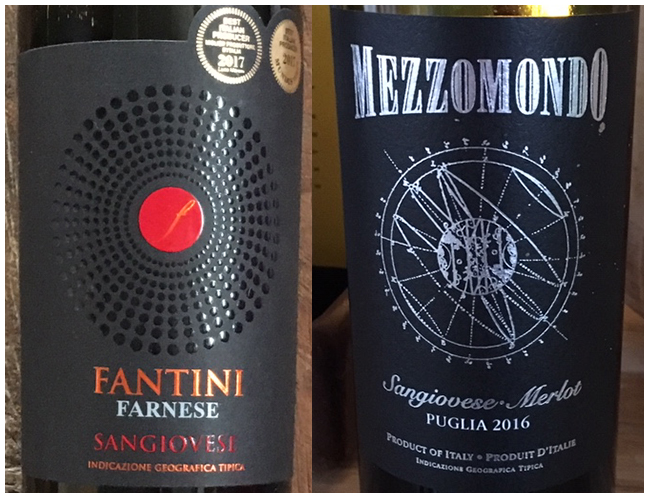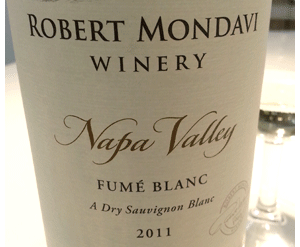First, a short piece of history. (Dates are not necessarily accurate.)
Pre-1960: All wines were a bit rough and, or expensive ““ with little appeal to people outside Europe. Most production was small-scale, and locally based.
Around 1970: Enter scientists to educate winemakers resulting in a dramatic improvement in quality.~ France starts to sell wine to the world. However, French wines were challenging, with difficult names ““ not the easiest to market.
Around 1995: Wine gets a new style ““ fruity, fruity, yummy, yummy, smooth, smooth ““ from the sunny climates in California and Australia. America scored with sexy Chardonnay, while the Aussies won the red game with smooth Shiraz. Wine becomes the new social drink as now it was easy to understand, and like. Every bottle is slightly sweet, and delicious, at least to the North American palate ““ the new wine audience.
The success of slightly sweet Chardonnay and Shiraz heralded a new era in wine. A new customer was born ““ as was a new prototype. If wineries wanted to succeed they better meet that prototype ““ by fair or foul means.
~ ENTER THE “WINE DOCTORS” ““ MIRACLE WORKERS
Around 1990: The arrival of additives, and wine making tricks that deliver crowd-pleasing wines at everyday prices. With the help of additives any winery can offer a smoother, richer, more crowd-pleasing wine. Basically additives can darken the colour, soften the feeling, expand richness, and add any amount of popular flavours such as vanilla and cinnamon. All the stuff that appeals to the new wine audience.
How to recognize additives? The smell is candied, and the wines glides across your palate with a sugar hit on the end. The smell and flavours may remind you of a confectionery shop.
So are all inexpensive wines “˜improved’ with additives? NO. But most of the best sellers are, and this is where a fast food analogy kicks in. Fast food is loaded with sugar and artificial flavours creating an instant impact in the mouth. “˜Nice’ is how fans describe it. Wine with additives delivers the same “˜nice’ experience. Hence its popularity.
I’m not launching an anti-additive crusade here, just letting you what’s going on. You might like to take this taste test.
TAKE THE TASTE TEST ““ doctored vs. natural
Buy a bottle of these two red Italian wines, and pour a glass of each. Do you agree with my tasting comments? I choose this pair as they are from a similar region, and in my opinion display the difference between “˜doctored’ and natural wines. Farnese far outsells Mezzomondo.
FARNESE “˜Fantini’ 17 Sangiovese, Puglia, Italy 512327 $8.85
. . . a confected/perfume/sweetness in the wine lingers in the mouth. Feels like something has been added to “˜improve’ the wine, as in making it seem rich ““ inviting the “˜nice’ comment. For foods to partner with this wine they also need to be doctored with sweet flavourings/sauces.
MEZZOMONDO 16 Sangiovese/Merlot, Puglia, Italy 79327 $9.95
. . . fruity with refreshing tartness. A tad simple and light, but the experience feels pure and natural. Your palate remains clean, and ready for food.
If you’re not a fan of additives, ignore best sellers as a general rule. Concentrate on France and Italy (but ignore, of course, the popular Farnese.)

